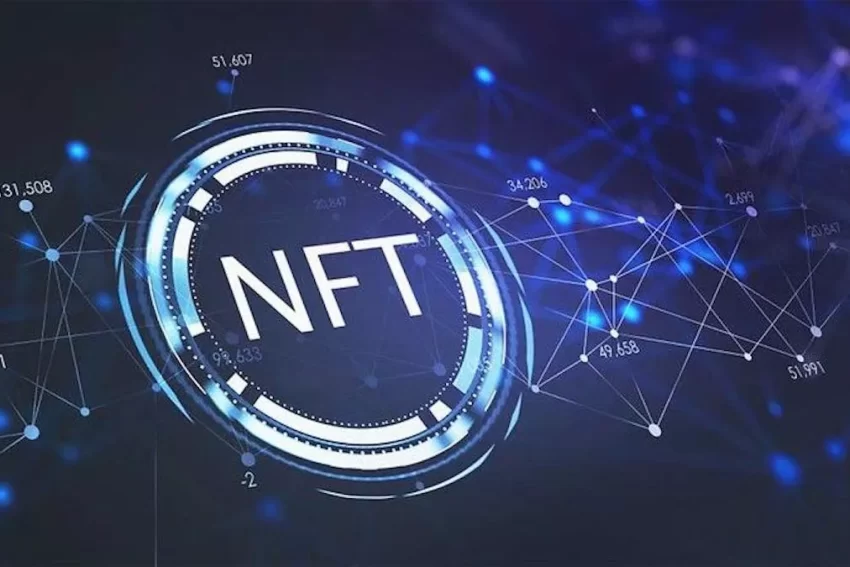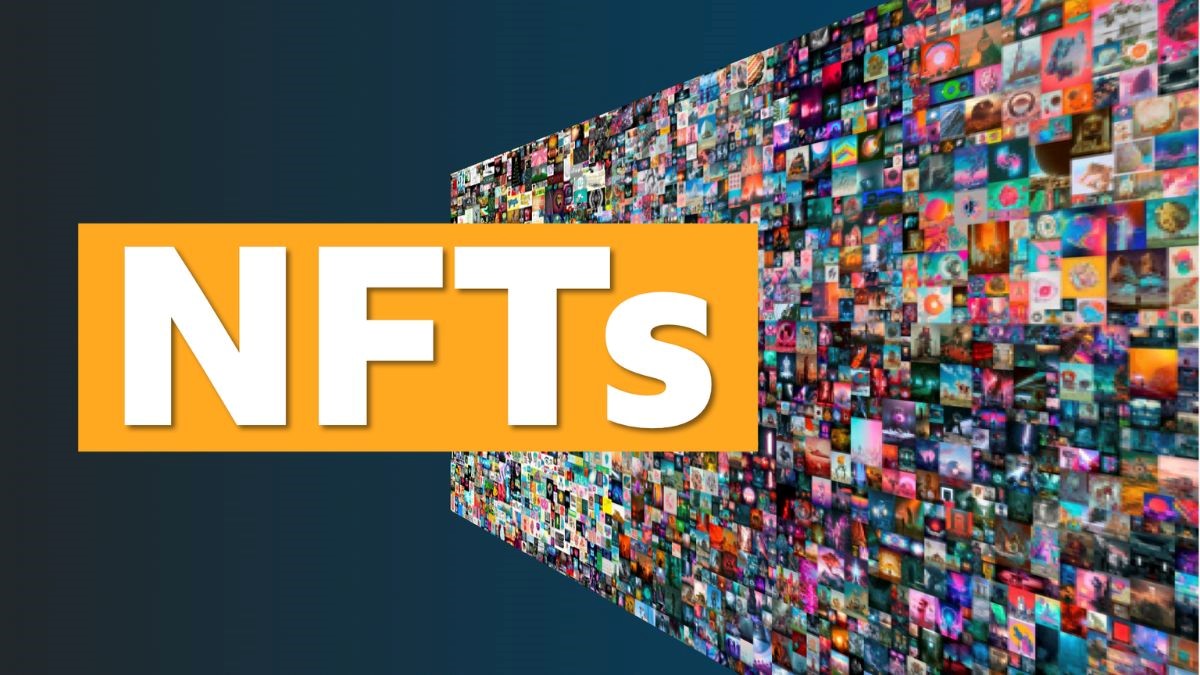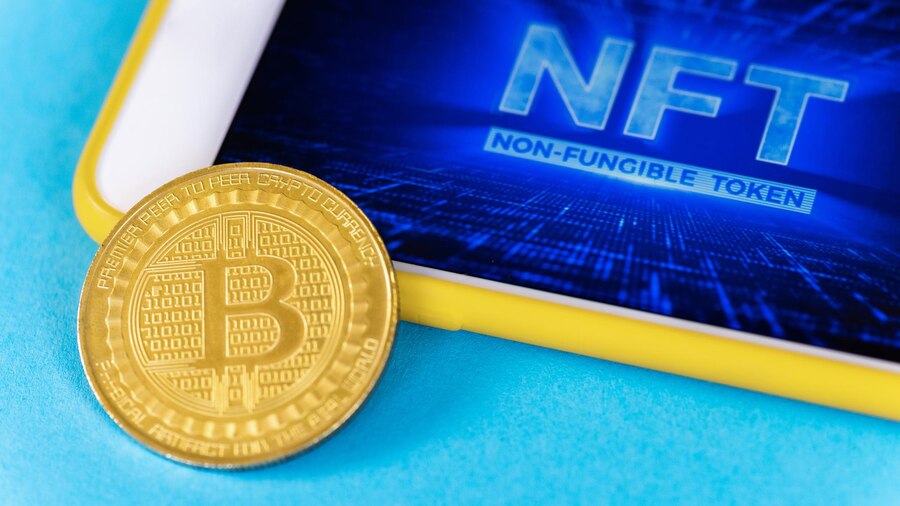Introduction to NFT Marketplace Platforms
NFT (Non-Fungible Token) Marketplace platforms have taken the world by storm. They offer a revolutionary way for creators and collectors to buy, sell, and trade unique digital assets. These digital assets can include anything from artwork, music, videos, games, to virtual real estate and more.
NFTs have gained immense popularity in recent years, and the trend is expected to continue as more people become interested in owning rare, one-of-a-kind digital assets. The market for NFTs has grown exponentially, with sales reaching millions of dollars for a single item.
As a result, many businesses are looking to develop their own NFT marketplace platforms. However, building a successful NFT marketplace platform requires more than just creating a digital marketplace. It requires a deep understanding of the NFT ecosystem, user needs, and the technical complexities involved in NFT transactions.
In this blog, we will discuss the best practices for NFT marketplace platform development, including key features, design principles, security measures, smart contract development, payment integration, and more. By following these best practices, businesses can create a successful and user-friendly NFT marketplace platform that meets the needs of their users and drives growth.
Understanding the NFT Ecosystem
To develop a successful NFT marketplace platform, it is crucial to have a clear understanding of the NFT ecosystem and how it works.
NFTs are unique digital assets that are stored on a blockchain, which is a decentralized and secure digital ledger. Each NFT has a unique identifier that cannot be replicated, making it a one-of-a-kind asset.
NFTs are created through a process called minting, where a digital asset is linked to a smart contract on the blockchain. This smart contract contains information about the asset, including ownership and transaction history.
Once an NFT is minted, it can be bought, sold, and traded on NFT marketplace platforms. NFT Development platforms serve as a marketplace where buyers and sellers can connect and exchange NFTs.
However, NFTs are not just limited to artwork or collectibles. They can also be used in various applications, such as in-game items, virtual real estate, and more. NFTs are also being used to represent ownership in real-world assets, such as real estate or stocks.
As the NFT ecosystem continues to evolve, it is essential for NFT marketplace platform developers to stay up-to-date with the latest developments and trends. By doing so, they can create a platform that meets the needs of their users and offers a seamless user experience.
Key Features of a Successful NFT Marketplace Platform
Building a successful NFT marketplace platform requires several key features that are crucial for providing a seamless user experience and facilitating secure transactions. Here are some of the essential features that a successful NFT marketplace platform should have:
- User-friendly interface: A user-friendly interface is crucial for any marketplace platform. It should be intuitive and easy to navigate, allowing users to find what they are looking for quickly.
- NFT creation and minting: The platform should offer a simple and straightforward process for creating and minting NFTs. This process should include tools for uploading and verifying digital assets, setting ownership rights, and creating a smart contract.
- Search and discovery: The platform should provide users with tools to search and discover NFTs easily. This can include filters for specific categories, artists, or price ranges.
- Auctions and bidding: The platform should allow for auctions and bidding on NFTs, which can create excitement and drive up the value of assets.
- Secure transactions: Security is essential in any marketplace platform. The platform should have robust security measures, including secure payment gateways and verification procedures.
- Smart contract execution: The platform should ensure that smart contracts are executed correctly and in a timely manner to ensure a smooth transaction process.
- Integration with blockchain wallets: The platform should integrate with popular blockchain wallets, such as MetaMask or MyEtherWallet, to provide users with a seamless experience.
- Analytics and reporting: The platform should provide analytics and reporting tools that allow users to track their NFTs’ performance, such as sales, views, and bids.
By incorporating these key features into their NFT marketplace platform development, developers can create a platform that is not only secure but also provides a user-friendly experience for buyers and sellers.
Designing User-friendly and Intuitive Interfaces
Designing a user-friendly and intuitive interface is crucial for the success of an NFT marketplace platform. A well-designed interface can improve user engagement, enhance the user experience, and increase user retention. Here are some best practices for designing a user-friendly and intuitive interface for an NFT marketplace platform:
- Simple and clean layout: A clean and simple layout allows users to focus on the content and the task at hand without being overwhelmed by clutter.
- Consistent design elements: Consistency in design elements such as font, color, and button placement can make the interface more predictable and easier to use.
- Easy navigation: Clear and easy-to-use navigation is essential for users to find what they are looking for quickly. The navigation menu should be prominently displayed, and links should be easy to understand and labeled appropriately.
- Clear call-to-action buttons: Call-to-action buttons should be clearly visible and labeled appropriately, providing clear instructions on what the user needs to do next.
- Responsive design: An NFT marketplace platform should have a responsive design that adjusts to different screen sizes, ensuring that the user experience is consistent across different devices.
- Use of visuals: Visuals, such as icons, images, and videos, can help to make the interface more engaging and provide users with visual cues.
- Accessibility: Designing an accessible interface that considers users with different abilities and needs can improve usability and make the platform more inclusive.
- User testing: Conducting user testing to get feedback on the interface design can help identify areas for improvement and ensure that the platform meets users’ needs.
By following these best practices, developers can create an NFT marketplace platform with a user-friendly and intuitive interface, providing users with a seamless experience that enhances engagement and increases user retention.
Security and Authentication Measures for NFT Marketplaces
Security is a critical concern for NFT marketplaces as they deal with valuable digital assets that can be stolen or compromised. Therefore, NFT marketplace platforms must have robust security and authentication measures to ensure the safety and security of users’ assets. Here are some security and authentication measures that NFT marketplaces should consider:
- Two-factor authentication (2FA): Two-factor authentication is a widely used security measure that adds an extra layer of protection by requiring users to enter a verification code sent to their mobile device or email address.
- Encryption: Encryption is a process of converting data into a coded language that only authorized parties can read. NFT marketplace platforms should ensure that user data and NFTs are encrypted to prevent unauthorized access.
- Multi-signature wallets: Multi-signature wallets require multiple parties to sign off on transactions, which provides added security for high-value NFTs.
- Smart contract verification: Smart contracts should be thoroughly tested and verified to ensure that they function as intended and do not have any security vulnerabilities.
- Permissioned access: NFT marketplace platforms should have a permissioned access system that restricts access to sensitive information, such as personal data and wallet addresses.
- Anti-phishing measures: NFT marketplaces should implement anti-phishing measures, such as email verification, to prevent fraudulent attempts to access users’ accounts.
- Continuous monitoring: Continuous monitoring of the platform’s security systems can help detect and prevent security breaches and mitigate their impact.
- Regular audits: Regular audits can identify security vulnerabilities and provide recommendations for improving the platform’s security measures.
By implementing these security and authentication measures, NFT marketplace platforms can provide users with a secure and trustworthy environment to buy, sell, and trade NFTs. It is crucial for developers to stay up-to-date with the latest security trends and threats to ensure that their platform’s security measures remain effective and up-to-date.
Building Scalable and Robust Infrastructure for NFT Platforms
Building a scalable and robust infrastructure is crucial for the success of an NFT platform. Scalability refers to the ability of the platform to handle increased user traffic, while robustness refers to the platform’s ability to handle various types of data and processes without crashing or malfunctioning. Here are some best practices for building a scalable and robust infrastructure for NFT platforms:
- Cloud computing: Cloud computing provides a scalable infrastructure that allows NFT platforms to scale up or down as needed. It also provides the ability to distribute data across multiple servers, reducing the risk of data loss.
- Load balancing: Load balancing distributes traffic evenly across multiple servers, preventing any single server from becoming overloaded and crashing.
- Caching: Caching involves storing frequently accessed data in memory, reducing the need to access the database, which can improve the platform’s performance and scalability.
- High availability: NFT platforms must be available 24/7 to ensure that users can buy, sell, and trade NFTs at any time. Implementing high availability architecture ensures that the platform is always available, even in the event of a server failure.
- Data backup and disaster recovery: Data backup and disaster recovery procedures are essential for NFT platforms to prevent data loss in the event of a system failure or cyberattack.
- Scalable database: NFT platforms should use a scalable database that can handle a high volume of data and user traffic. This allows the platform to scale up or down as needed without impacting performance.
- Security measures: Building a scalable and robust infrastructure also involves implementing robust security measures to protect user data and prevent cyberattacks.
By following these best practices, NFT platforms can build a scalable and robust infrastructure that can handle increased user traffic, prevent system failures, and provide users with a seamless experience. It is essential to regularly monitor and optimize the platform’s infrastructure to ensure that it remains scalable and robust as user traffic grows and new features are added.
Leveraging Blockchain Analytics for Market Insights
Blockchain analytics can provide valuable insights into the NFT marketplace, helping NFT platforms and users make informed decisions. Here are some ways in which blockchain analytics can be leveraged for market insights:
- Market trends: By analyzing blockchain data, it is possible to identify market trends such as which NFTs are popular, which creators are in demand, and which marketplaces are experiencing growth. This information can be used to make informed decisions about buying and selling NFTs.
- Pricing insights: Blockchain analytics can provide pricing insights by analyzing the historical prices of NFTs and identifying patterns in price fluctuations. This information can help sellers set their prices and buyers make informed decisions about when to buy.
- User behavior: By analyzing blockchain data, it is possible to gain insights into user behavior, such as how long users hold onto NFTs before selling them, which NFTs are frequently traded, and which marketplaces users prefer. This information can help NFT platforms improve their user experience and tailor their offerings to user preferences.
- Fraud detection: Blockchain analytics can be used to detect fraudulent activity, such as fake bids or counterfeit NFTs. By analyzing blockchain data, it is possible to identify unusual patterns of activity that may indicate fraudulent behavior.
- Creator insights: By analyzing blockchain data, it is possible to gain insights into NFT creators, such as their past sales, the types of NFTs they create, and their popularity among buyers. This information can help buyers and sellers make informed decisions about which creators to follow or collaborate with.
Overall, leveraging blockchain analytics can provide valuable insights into the NFT marketplace, helping NFT platforms and users make informed decisions about buying, selling, and trading NFTs. It is important to use reputable blockchain analytics tools and to understand the limitations of the data being analyzed.
Conclusion: Best Practices for NFT Marketplace Platform Development
In conclusion, the NFT marketplace is a rapidly evolving industry that requires NFT platform developers to adopt best practices to ensure the success of their platforms. By following the key features and best practices outlined in this article, NFT platforms can create user-friendly, secure, and scalable platforms that provide value to buyers, sellers, and creators.
Creating an intuitive user interface that is easy to navigate, implementing robust security measures to protect user data and prevent cyberattacks, and leveraging blockchain analytics for market insights are some of the best practices that NFT platforms should adopt. Additionally, developing a scalable and robust infrastructure, providing efficient customer support, and facilitating transparent and trustworthy transactions are critical for the success of NFT platforms.
As the NFT marketplace continues to evolve, NFT platform developers must remain up-to-date with industry trends and user preferences. By regularly monitoring and optimizing their platforms, NFT platform developers can ensure that their platforms remain relevant and continue to provide value to their users.
Overall, building a successful NFT platform requires a combination of technical expertise, creativity, and a deep understanding of the needs and preferences of NFT buyers, sellers, and creators. By following the best practices outlined in this article, NFT platform developers can create platforms that are trusted, secure, and enjoyable to use, thereby contributing to the growth and success of the NFT marketplace.




